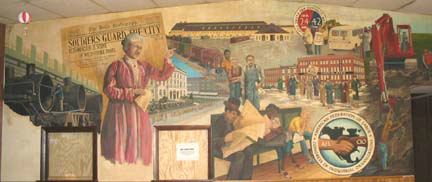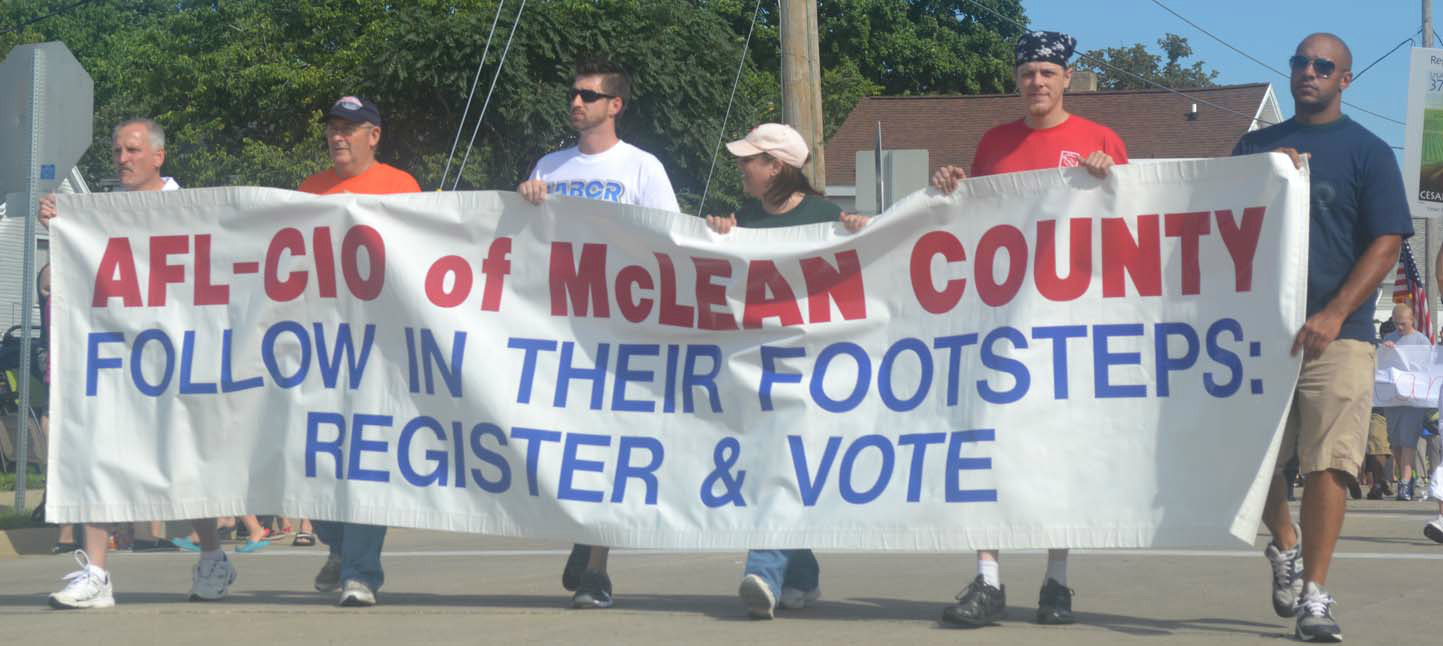|
Efforts to create local “right-to-work” zones would have negative impacts on workers and the economy in Illinois, according to a new report released today by the Illinois Economic Policy Institute (ILEPI) and the University of Illinois at Urbana-Champaign.
The report, The Impact of Local “Right-to-Work” Zones: Predicting Outcomes for Workers, the Economy and Tax Revenues in Illinois (PDF), investigates the economic and policy impacts of adopting local “right-to-work” zones in Illinois, testing claims made by proponents of the ordinances. The report finds that worker incomes are lower in economies with right-to-work laws and that employment effects are inconclusive. For instance, average worker wages are $2.90 per hour (13 percent) higher in Illinois than in right-to-work Indiana. At the same time, the unemployment rate in eastern Illinois counties is lower than in right-to-work counties across the Indiana border in December 2014.
The proposal for local right-to-work zones is based on the assumption that high union density hampers local economies. This assumption can be empirically tested. In fact, an analysis of the 102 counties in Illinois reveals that higher county-level unionization rates within Illinois have no discernible impact on employment growth, establishment openings growth, and average household income growth. The report rejects the claim that right-to-work is an effective way to put people to work for lack of evidence.
The report also randomly selects 51 counties (excluding Cook County) in Illinois to become right-to-work zones to demonstrate the consequences of allowing the policies. If half of the state’s counties became right-to-work zones:
- Total labor income would fall by $1.3 billion;
- The economy would shrink by $1.5 billion;
- State and local tax revenues would be reduced by $80 million;
- Labor unions would experience a loss of 200,000 members;
- Racial income inequality and gender income inequality would both increase; and
- The number of workplace injuries and fatalities would rise.
In the seven integrated county economies with over 100,000 workers in Illinois, predicted impacts are generally similar. If local right-to-work zones were only passed in the Chicago six-county area, the regional economy would experience over 5,500 jobs lost and an economic contraction of $2.6 billion. Both businesses and workers would relocate to other parts of the state with better incomes and higher consumer demand. Similarly, local right-to-work laws would reduce total worker earnings by around $40 to $60 million in the Champaign-Urbana, Quad Cities, Rockford, and Springfield-Decatur regions.Local right-to-work zones would eradicate good middle-class jobs, replacing them with low-wage employment openings and redistributing income from labor to capital.
Ultimately, the report concludes that local right-to-work laws would reduce worker earnings and decrease state and local tax revenues. The result would be a weaker Illinois economy.
|



